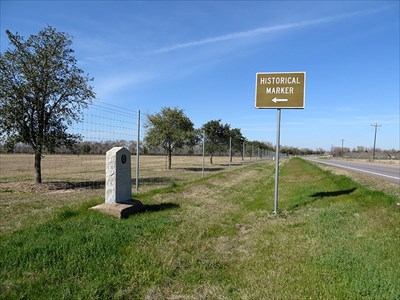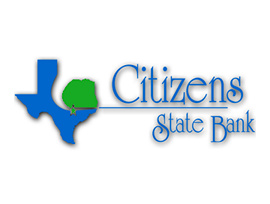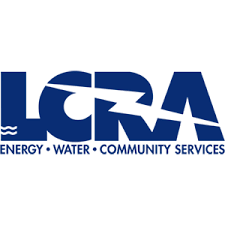
The Yellow Stone at Groce’s Landing
In late March of 1836, the Yellow Stone was stopped at one of its regular stops, Groce’s Landing, just a short way downstream from Washington. At the same time, Houston and his army were weaving back and forth from the Colorado River to the Brazos River. Santa Anna had crossed the Colorado in pursuit, forcing Houston’s army to back up to the Brazos. After learning of the massacre at Goliad, Houston issued orders to burn ferries and rafts on the Brazos so Santa Anna could not sweep around him. Once Houston learned the Yellow Stone was tied up at Groce’s Landing he moved his troops into a copse of timbers nearby. On April 2, 1836 Houston sent Captain Ross this message: “Sir: You and each member of your crew and the Officers of the Boat are hereby assured and guaranteed that they and Each of them shall be indemnified as well as the boat Owners for Wages, losses and damages in consideration of the impressment of your Boat into the public Services of Texas (the Yellow Stone) and its detention for the benefit of the Republic and furthermore for the rendition of Services of the hands and the boat until it can be discharged each person shall be entitled to one-third league of land and the officers a proportionally larger quantity. You are not required to bear arms. Given under my hand on the day and date above written (April 2, 1836, Head Quarters West of Brasos [sic]). The Boat is not to leave without my orders.”
The Brazos River has since changed course. This centennial marker on FM-1887, 3 miles south of Hempstead (Waller County), denotes the actual site of the old historical ferry across the Brazos river.
For more information on Texas history, visit our website atwww.wheretexasbecametexas.org.
























































